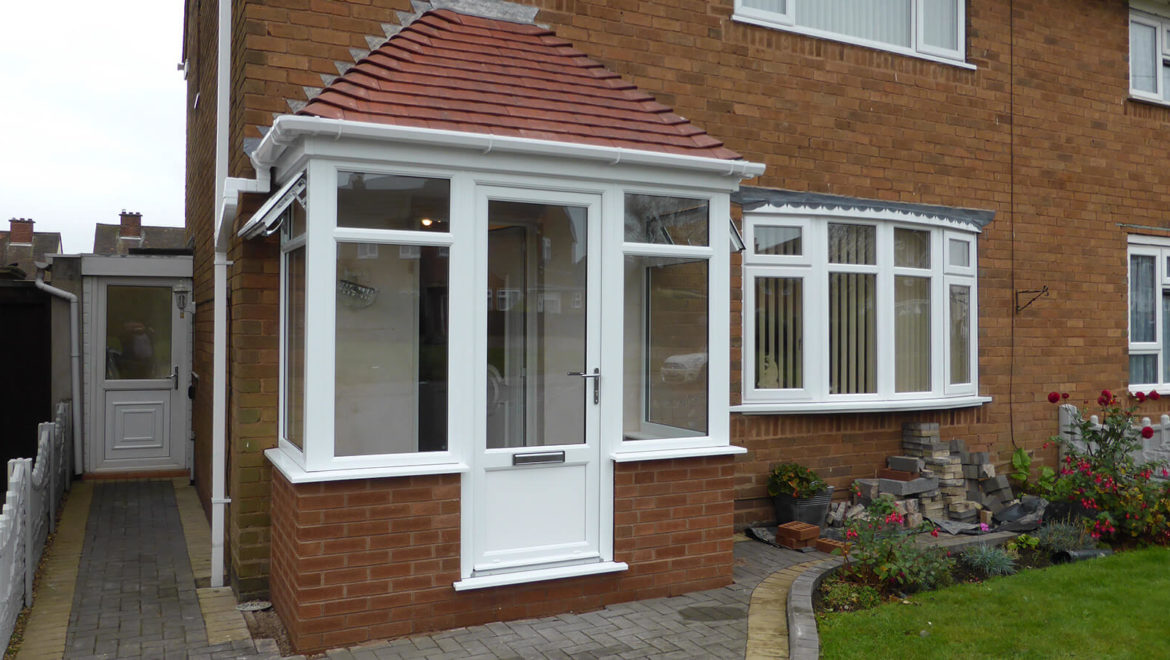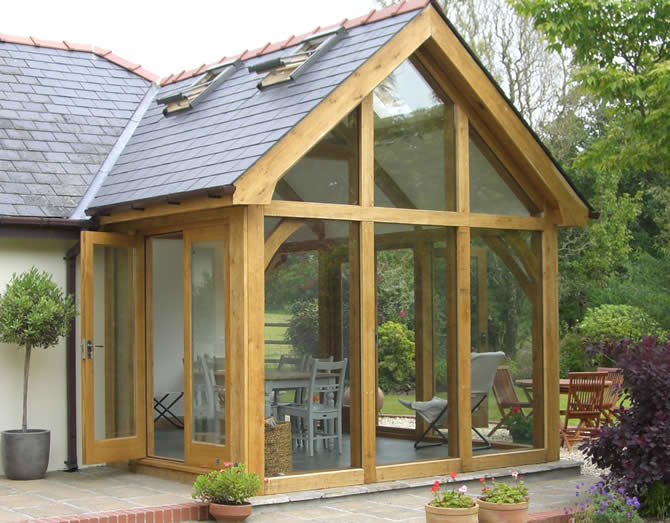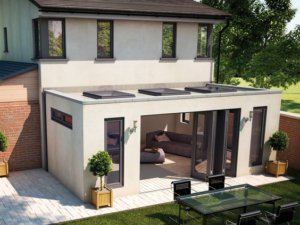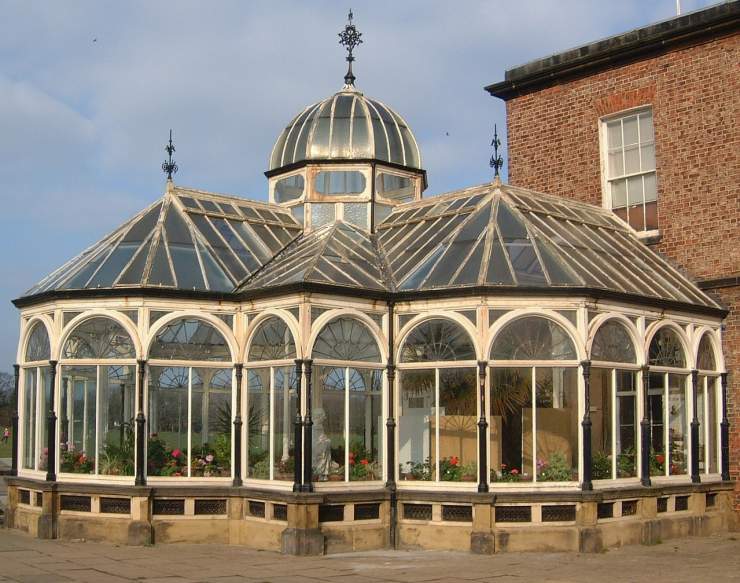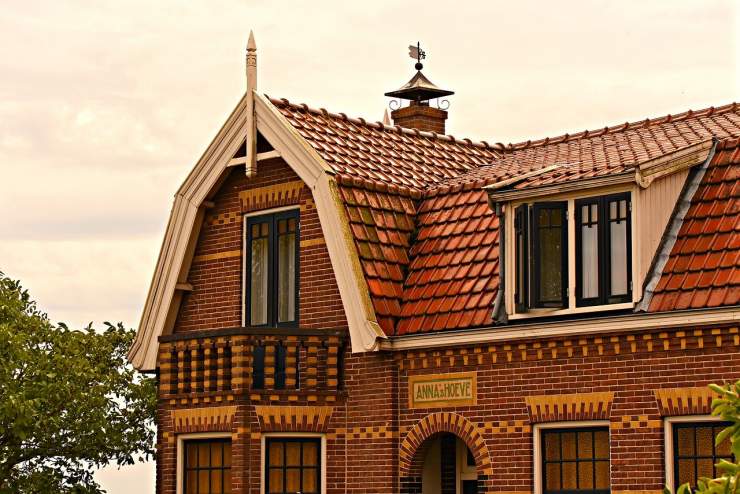Things to Know About Instant Home Extensions
For most of the people, brick and block is the preferred construction method. Whenever someone wants to build an extension, they use this construction method. However, instant home extensions (prefabricated extensions) are becoming more popular these days.
Off-site methods feature some form of steel or timber frame modular structure. These frames are manufactured in factory-controlled conditions. There are a number of exceptional options available, and all of their components are developed in a workshop and then assembled on the property. But which one is right for you?
Types of Instant Home Extension
There are lots of options available depending on what kind of extensions you want. We will recommend you to be open-minded when selecting a construction system. Get all of the options available on a table. Various factors determine the method of construction, such as design goals, costs, site logistics etc. Using these factors, you can evaluate which instant home extension is suitable for you.
When you choose a premanufactured extension for your home, it is essential to take the precise measurement for the design stage to ensure it fits accurately with the building. If you are going to use a different material than your property, then it is likely that both of them will expand or contract at a different rate. In such cases, the manufactures have to make a movement gap between both materials to accommodate any thermal movement.
Whether you want loft conversion or extensions, these instant home extensions provide tailor-made structures according to your specifications. Each company offers a complete package with external and internal walls, floorboards, and roof.
Every project is unique, so external finishes whether a render or cladding, they can be applied in the factory. A company put together an entire structure and then move to the position on site.
Advantages of Instant Home Extensions
So, what are the advantages of modular extensions? First of all, homeowners can expect swifter construction time. They do not need to wait for the construction to complete as all the work will be done off-site. They just need to wait for a house extension to be lifted into position by a crane.
If you need loft structure like this with a new roof, you just need to wait for three or four weeks. After that, a short period to put it in place rather than months. There is also an advantage that you do not need to move out during the construction, which can help you save money which is you are going to spend on rental property.
Furthermore, these types of construction cost much less than conventional methods. Because the companies of the design and build quotations with a fixed price for a project. Moreover, you can expect a high degree of accuracy in off-site conditions.
Building
One of the factors that can affect the building process is access to the site. The company can build an extension in the factory, but it is challenging to transport the module to the desired location. It requires substantial planning, approvals and consents.
For example, you may need to block the road for a crane; for this, you need permission from the local authority. Furthermore, the size of the crane can limit the maximum size of the module. That is why; many companies build modules in parts and join them together on site.
Another thing that matters is how close a crane can get to the home. It is a crucial consideration before a company starts the project. They need to consider this because it is an essential factor before beginning work.
Sometimes a load of a modular extension is more significant than a crane can handle. In such cases, it is required to reduce the weight of the structure by leaving the roof tiles. Once the structure is in place, the tiles can be added in the next few days.
Next factor to consider is the cost of instant home extensions; you may need to pay for the premium material and short time on site. However, it is less than the money you spent on labour, scaffolding and other things.
When we talk about the cost of modular extensions, it includes design, engineering, and planning to finish a project. A typical instant home extension can cost around £2,000 per square meter. The cost can increase or decrease depending on the size, roof, material and finishes.
No doubt building such extension takes less time, noise and mess on site. These advantages are beneficial for both you and your neighbours. Furthermore, you do not need to move out until the construction is complete. A straightforward loft conversion can take up to four weeks to complete. The reason is that the contractors do not need to be on site. These are some of the reasons that prefabricated extensions are getting so popular in the UK.




